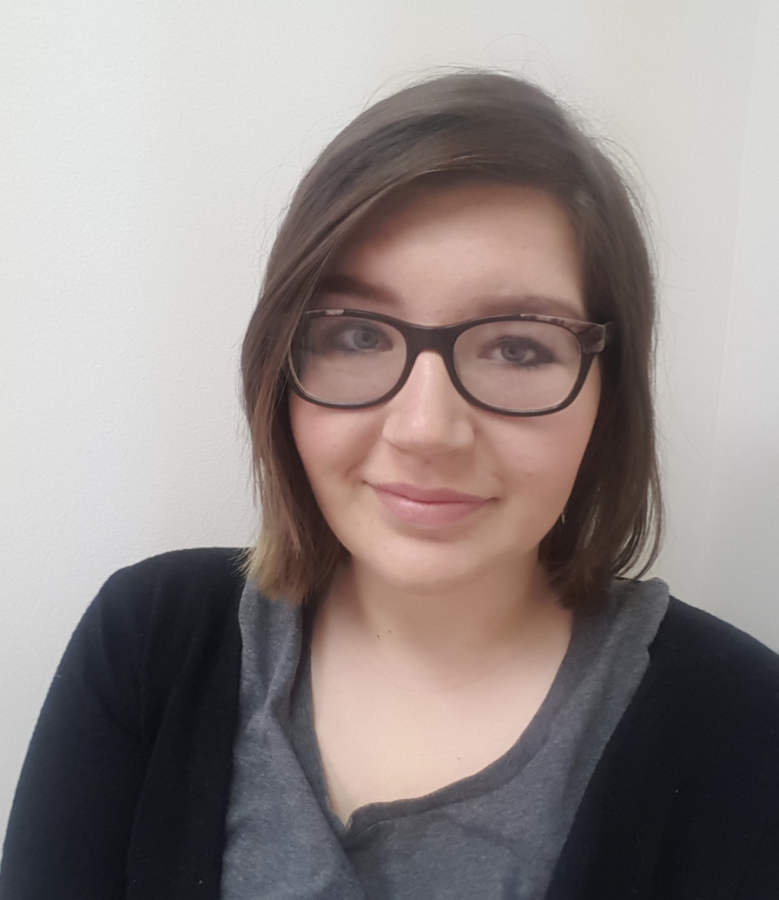Celebrating diversity in literature
September 18, 2016
For thousands of years, books have been banned from schools, libraries and polite society for “controversial content.” Books centered around race, sexuality and gender are most frequently challenged or banned for their “inflammatory nature.”
Here are just a few of these, according to those in favor of censorship, “terribly inappropriate” books: “The Absolutely True Diary of a Part-Time Indian” by Sherman Alexie, “Fun Home” by Alison Bechdel, “Invisible Man” by Ralph Ellison, “Little House on the Prairie” by Laura Ingalls Wilder, “The Diary of a Girl” by Anne Frank and “The House on Mango Street“ by Sandra Cisneros.
The list goes on. And on. And on.
I chose these particular titles because I have had the opportunity to read all of them, and each one has had a profound impact on how I see the world and how I read literature. Because of these incredible texts, I expect more from authors. I expect more from the content assigned to me by professors. I expect my peers to contribute more meaningful analyses of the text during our discussions.
That is the importance of diversity in literature.
Of course, “diversity in literature” can be defined in a number of ways. Is literature diverse because it is written by an author of an underserved population—even if the plot line itself revolves around characters of privilege? Is literature diverse because the content revolves around diverse ideas and characters—even if it was written by a person of power?
I cannot answer that. Both books written by or about people of color, female-identifying individuals, and people of varied sexualities are glaringly missing from the literary canon.
The Anisfield-Wolf Book Awards have been working to off-set this phenomena since 1935 by honoring authors of texts that contribute to the understanding of human diversity.
Through participating in the Cleveland Foundation’s Summer Internship Program, I was given the opportunity to attend the 2016 award ceremony. The Cleveland Foundation has administered the awards since 1963, and the 2016 ceremony marks the 81st year of the prizes.
Not only was the ceremony itself beautiful, but hearing the authors read from their texts was nothing short of inspiring. Categories of prizes include nonfiction, fiction, poetry and lifetime achievement.
This year’s recipients included nonfiction texts: “The Gay Revolution: The Story of the Struggle” by Lillian Faderman and “What the Eye Hears: The History of Tap Dancing” by Brian Seibert.
The recipient of the poetry award went to “Heaven” by Rowan Ricardo Phillips. The fiction award recipient was “The Jazz Palace” by Mary Morris, and the lifetime achievement award went to Orlando Patterson.
These texts exemplify the importance of diversity in literature. The authors spoke about diversity and read from their works — which highlighted inequalities among people — in front of a huge audience mainly consisting of people with considerable privilege; white, male, high socioeconomic class.
The audience gasped when Faderman (author of “The Gay Revolution”) spoke of how LGBTQIA+ individuals faced shock therapy, conversion therapy, abuse and even lobotomies if they chose to act upon their homosexuality during the 1800s and 1900s. They were horrified to hear of how people of color choreographed tap routines for white people to perform in movies, and how those people of color never received credit for their work.
That is the importance of diversity in literature.
People who had never once considered what it might have been like to be a queer individual or to be a person of color, were enlightened. Their world views were expanded. Something within the audience members changed.
If we continually read and support texts written from the same perspective, our worlds narrow to a point. We must encourage and demand writing that affects how we understand our world and the people around us.
Bobbi Szabo is a columnist, contact her at [email protected].












